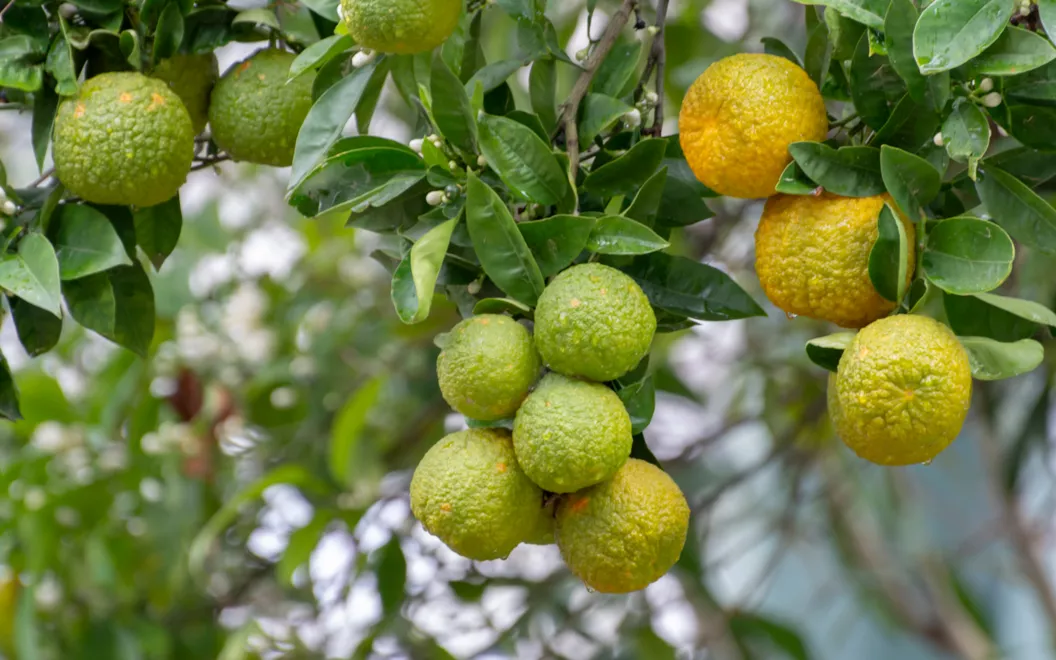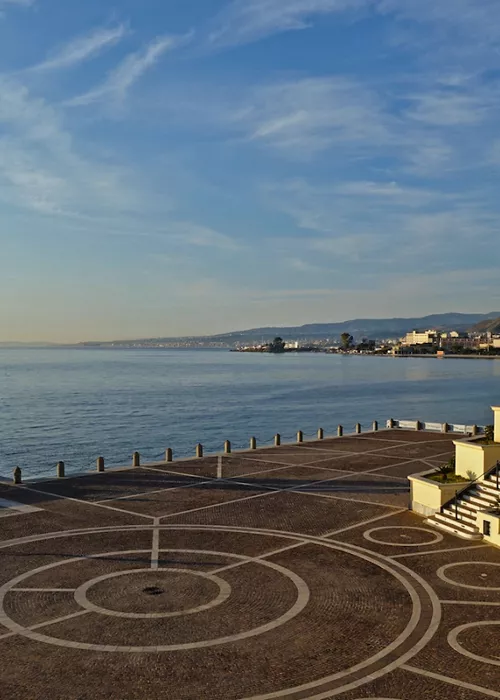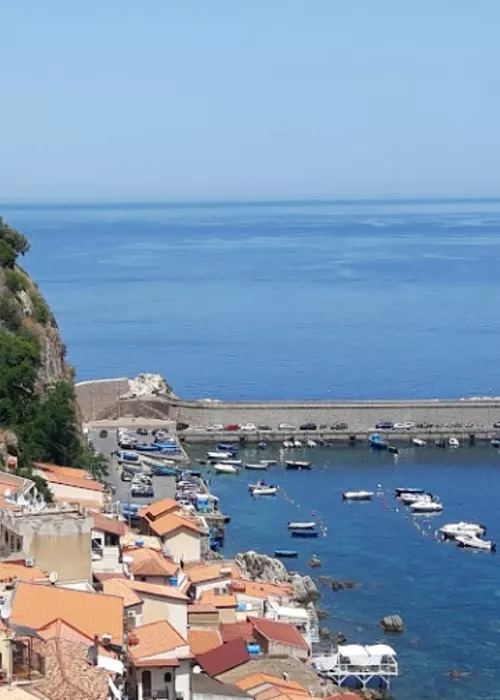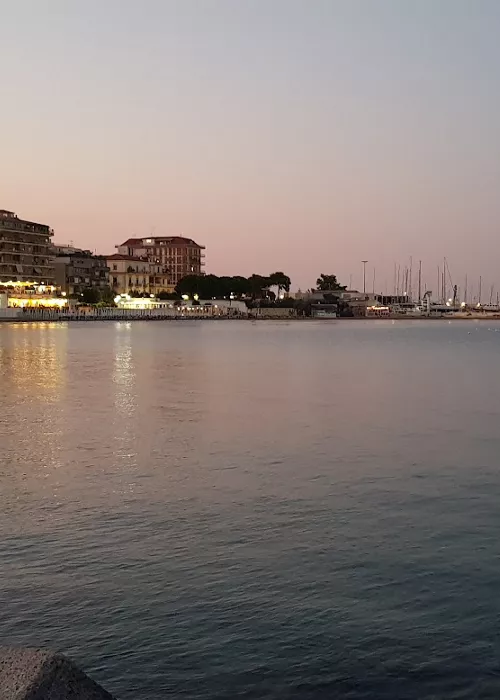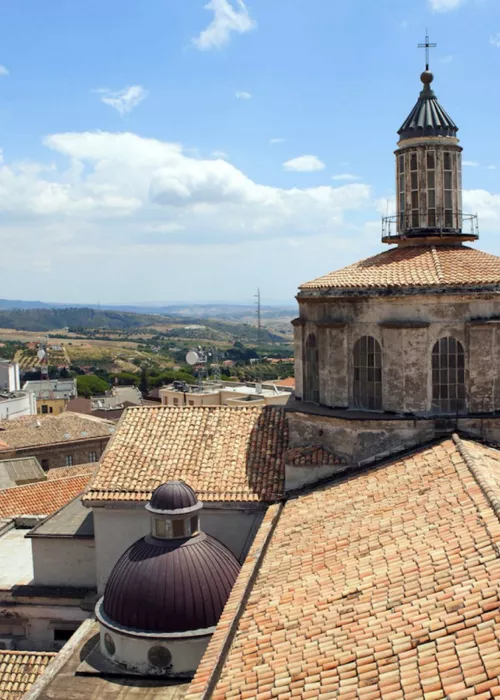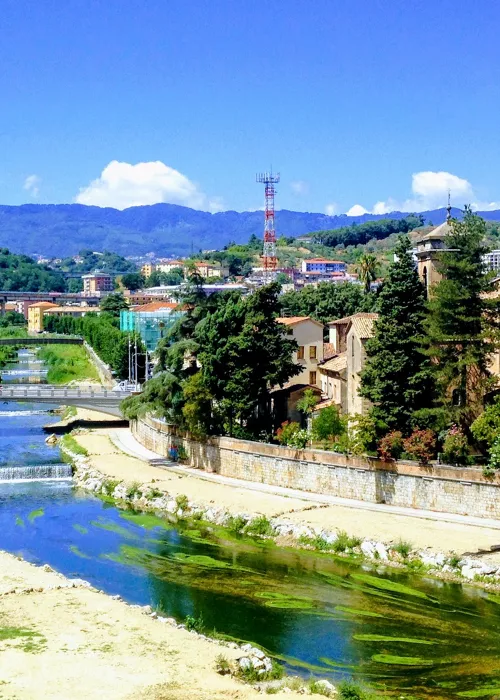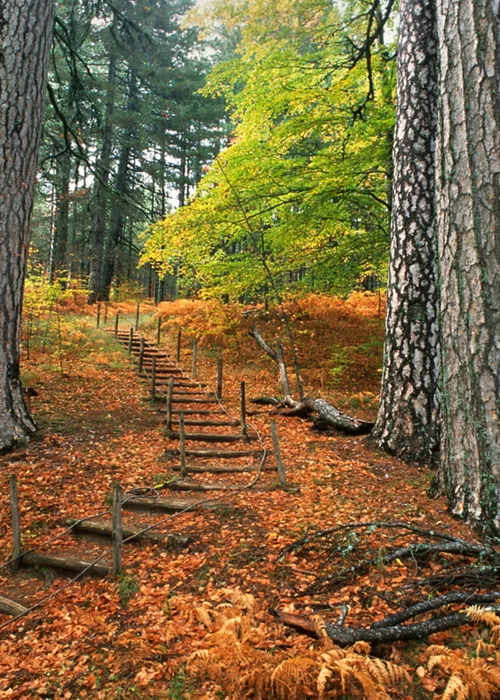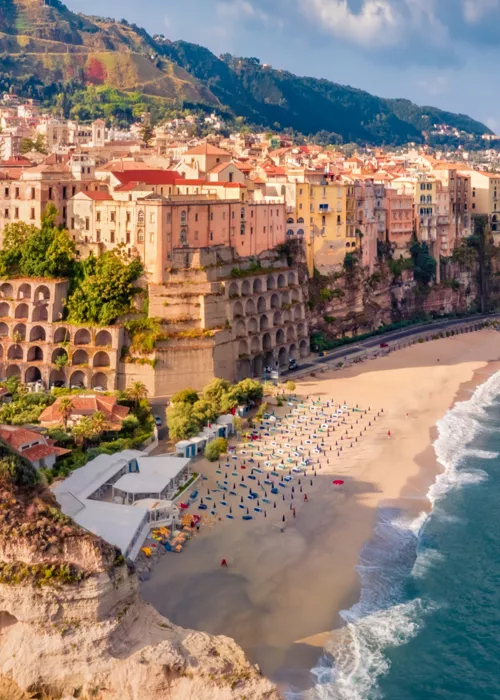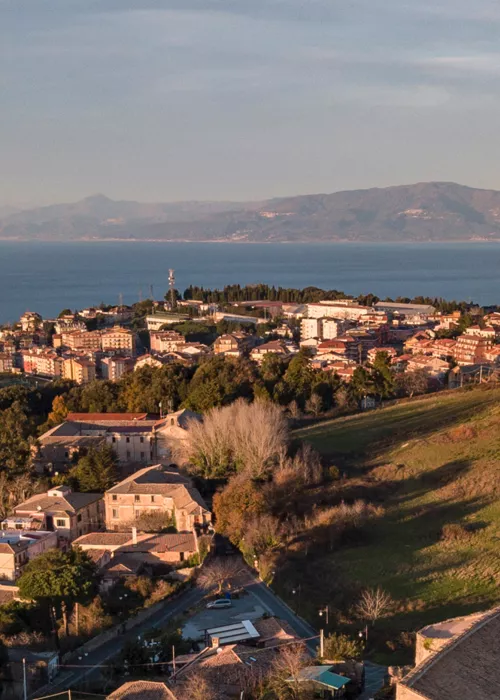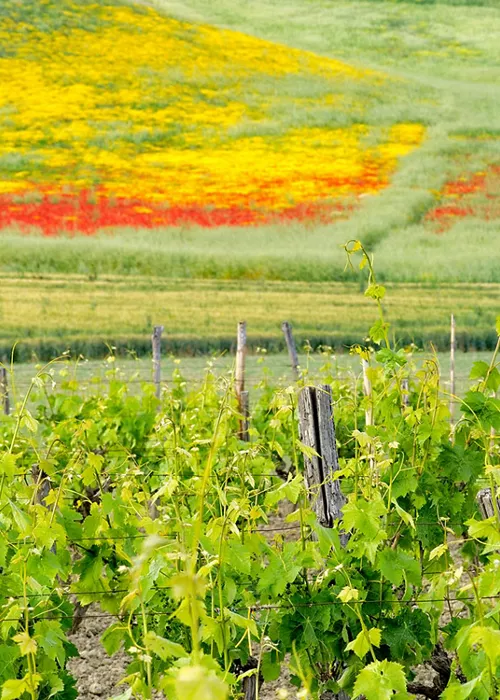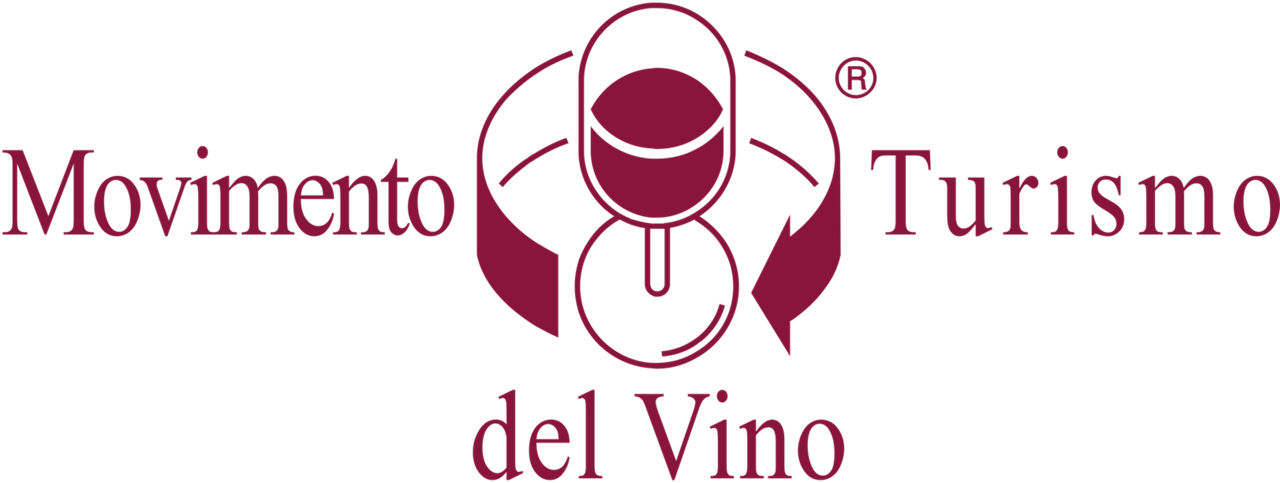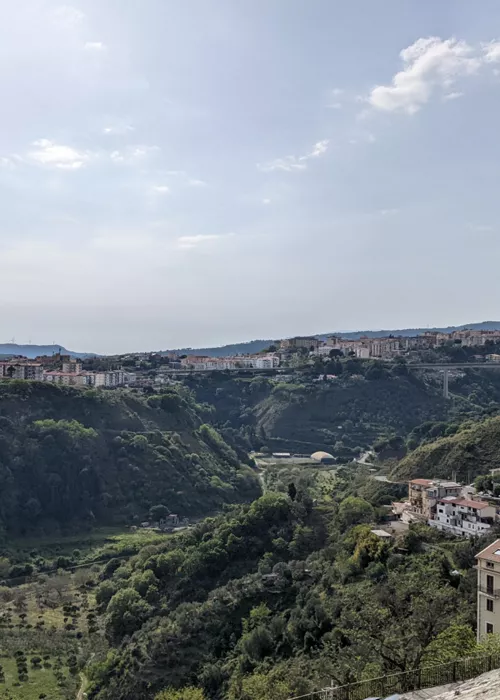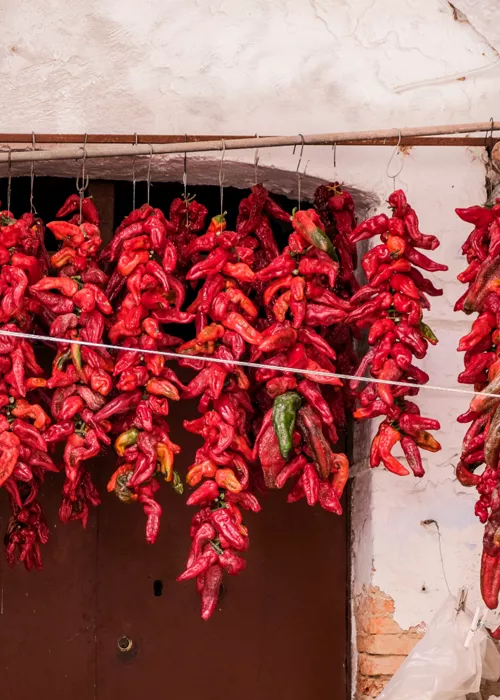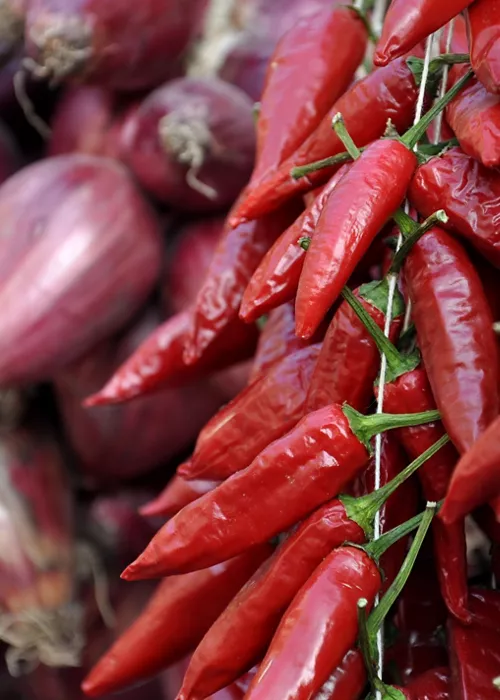The Calabria region by way of Donato De Santis’ pizza
3 minutes
The history of bergamot and other wonders of Calabria
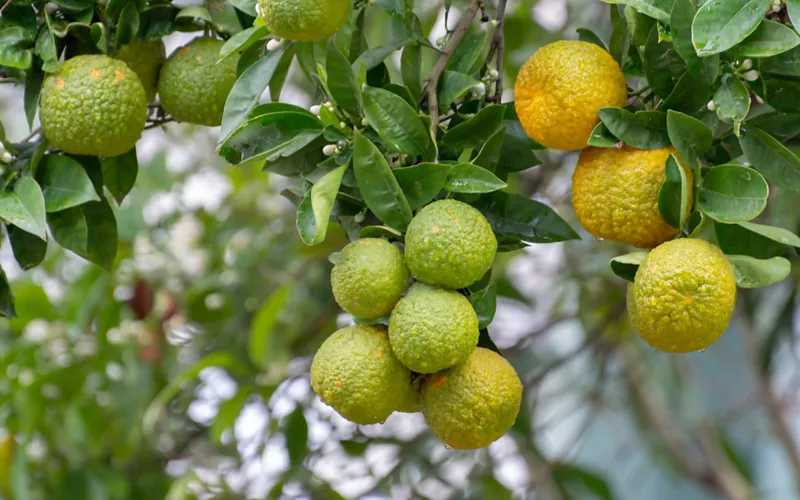
Its name may derive from Berga, meaning Barcelona, or from Pergamon, the ancient city of Troy, or even from the Turkish word bergamundi, meaning ‘lord’s pear tree’. Even its origins are shrouded in mystery: according to one fascinating hypothesis, Christopher Columbus brought it back to Europe on his return journey, but it could have come from Spain or even China. We’re talking about the Bergamot of Reggio Calabria PDO, a famous citrus fruit similar to the orange, but green or yellow in colour, from which the essential oil of the same name is extracted and which is one of Calabria’s products of excellence. It is said that a Spanish Moor sold a branch of bergamot to the noble Valentino family of Reggio Calabria, who grafted it onto an orange tree in the district of Santa Caterina: certainly – as is historically proven – the fruit was already widespread in the south of the region in the 14th century.
Today, Bergamot PDO is produced in 45 municipalities in the province of Reggio Calabria, from Scilla to Monasterace, where the mild climate and clay soils are particularly promising; it is no coincidence that Calabria is the world’s leading producer of this fragrant citrus fruit. Bergamot essence is as precious as it is versatile: to extract one kilo of essence requires 200 kilos of fruit, which is why it costs so much, while it is prized for its exceptional versatility.
At the palace of Versailles, Louis XIV and his court loved bergamot water for its refreshing scent and sanitising properties, and even today this essence is very important for the cosmetics industry. However, it is in the kitchen that this citrus fruit is at its best. The famous Earl Grey tea, for example, is flavoured with bergamot, and a few drops of essential oil from the fruit are enough to enrich the flavour of a dish, whether sweet or savoury. Crustaceans, such as langoustines or lobsters, acquire a sharp aftertaste thanks to bergamot, which is also capable of lightening the flavour of game, from pigeon to wild boar. However, its essence (or zest) goes best with sweet flavours, from custard to traditional Calabrian desserts, such as Torta Nosside.
Beyond bergamot
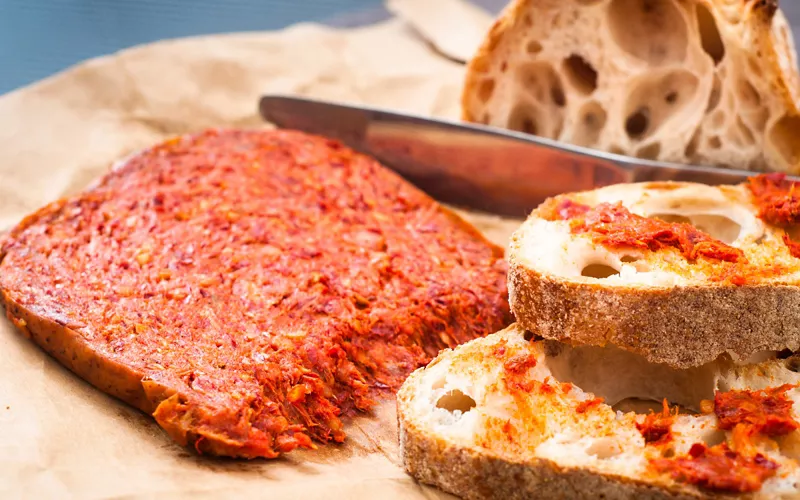
A dash of bergamot also gives an unusual lightness to the famous ’Nduia, the spreadable salami that is a staple of Calabrian cuisine. It is produced in Spilinga, in the province of Vibo Valentia, using the fattiest parts of the pig, to which at least 30% Calabrian hot chilli pepper is added. Among the many Calabrian delicacies, there is no shortage of cheeses, such as Pecorino Crotonese DOP, produced in the provinces of Crotone, Catanzaro and Cosenza since the Middle Ages, but also Caciocavallo Silano DOP, so called because it is tied together in pairs and placed on a pole to mature. And let’s not forget the local fruit and vegetables, such as the potato ‘della Sila’ IGP, grown on the Sila Plateau, which, if stored in the dark and at room temperature, can keep for up to eight months and will still be perfect for plunging into frying oil. Then there’s the Red Onion of Tropea, which is recognised with the PGI mark: crunchy and very sweet, this onion was introduced to the Vibonese area by the Phoenicians almost four thousand years ago and is called the Red Gold of Calabria because of its unique qualities. Both beautiful and good for you, its purplish red colour is beautiful to look at and is due to the presence of anthocyanins, powerful antioxidants that neutralise free radicals and are beneficial to the cardiovascular system.

